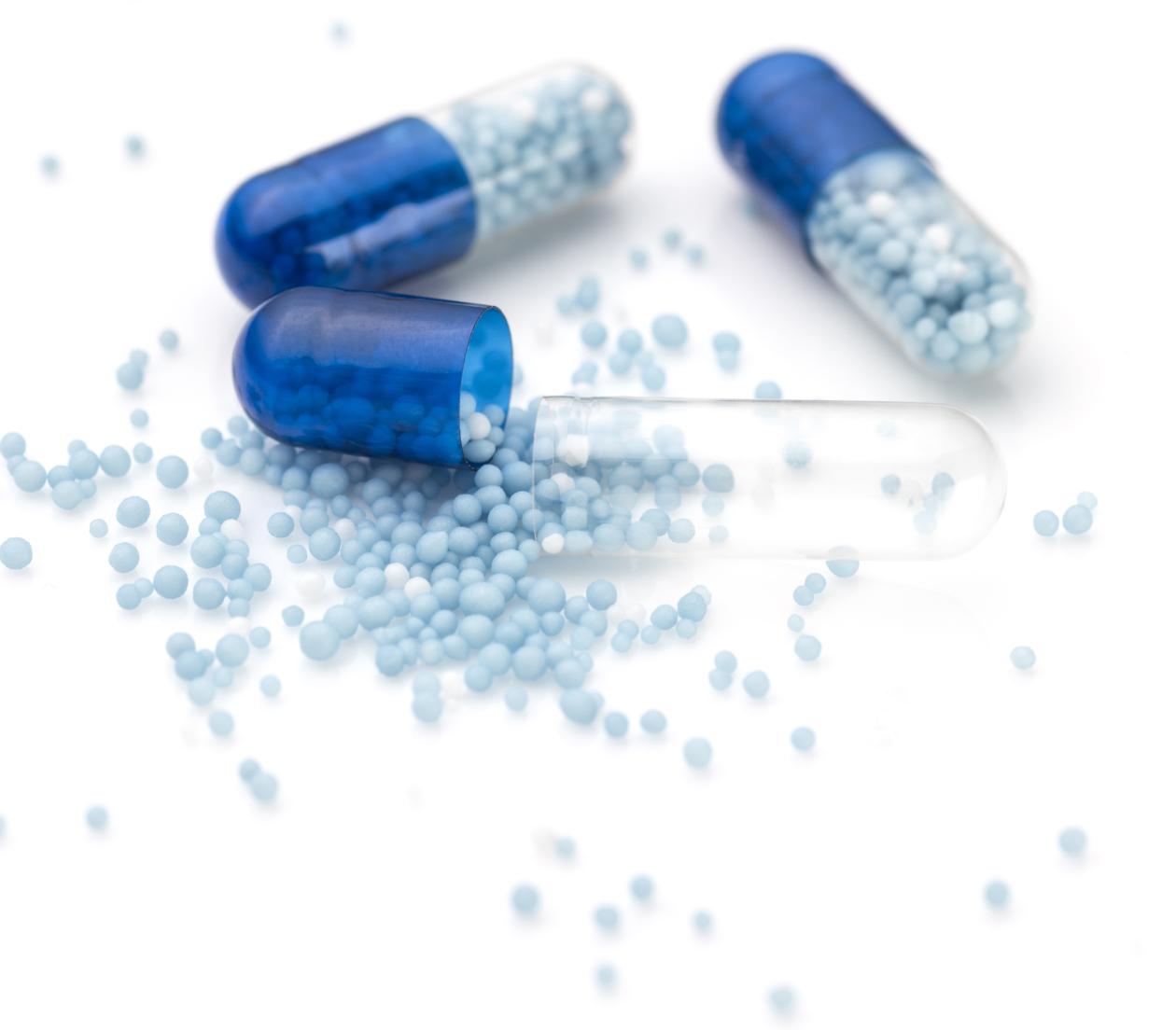
Product Strategy, mation ArchitectureUser Experience DesignUser Interface Design Design Guide Development
The client is a global pharmaceutical company that is committed to developing new treatments in neuroscience like schizophrenia and major depressive disorder (MDD), bipolar disorder, and other neurological and neuropsychiatric conditions, including Alzheimer disease, epilepsy, attention deficit hyperactive disorder, posttraumatic stress disorder, borderline personality disorder, and autism.
Conducted user research workshops
Translated concepts into wireframes and prototypes
Developed a standard design guide for developers
Reviewed and validated designs with end-users

My process for this was Design workshops with stakeholders for evaluative research , brainstorming and Iteration followed with close collaboration with engineers and PM to build a strategy which then led to developing to user testing with low fidelity wireframes followed by high fidelity prototypes.
Due to the scale of the project and the deadline requirement, we decided to follow the agile scrum methodology that would help us iterate and develop in continuous closed loops addressing feedback quickly.
We started off by trying to standardize the reports through dashboards soon Tableau with set guidelines and templates for development. Once we set the motion in place for that, could streamlining all the reports and connect them to one another via the system.

The biggest deciding factor that controlled the result is Time. Ideally a longer timeline would definitely have given us more time for research and refinement. We had to cut down or skip out on some steps. The other factor that was a constraint in this project was access to the business users. As UX designers, we aspire to follow the thorough protocol of all our process keeping them intact to get achievable results but more often than not, what really happens is less than ideal. Given a choice, these are two key ingredients that could definitely have been better. But that's why following an agile methodology helped- we have provision to improve in phases based on feedback.
